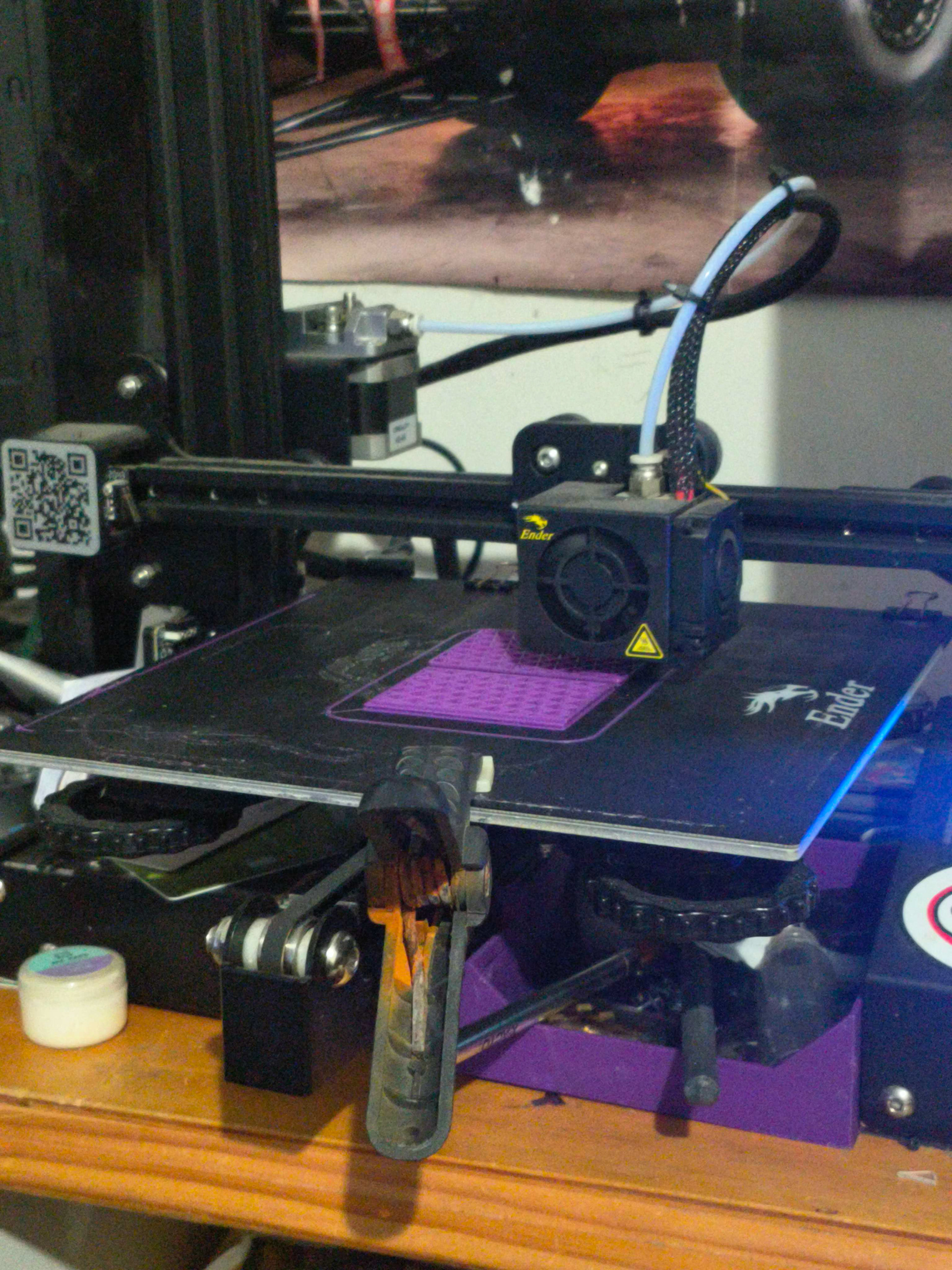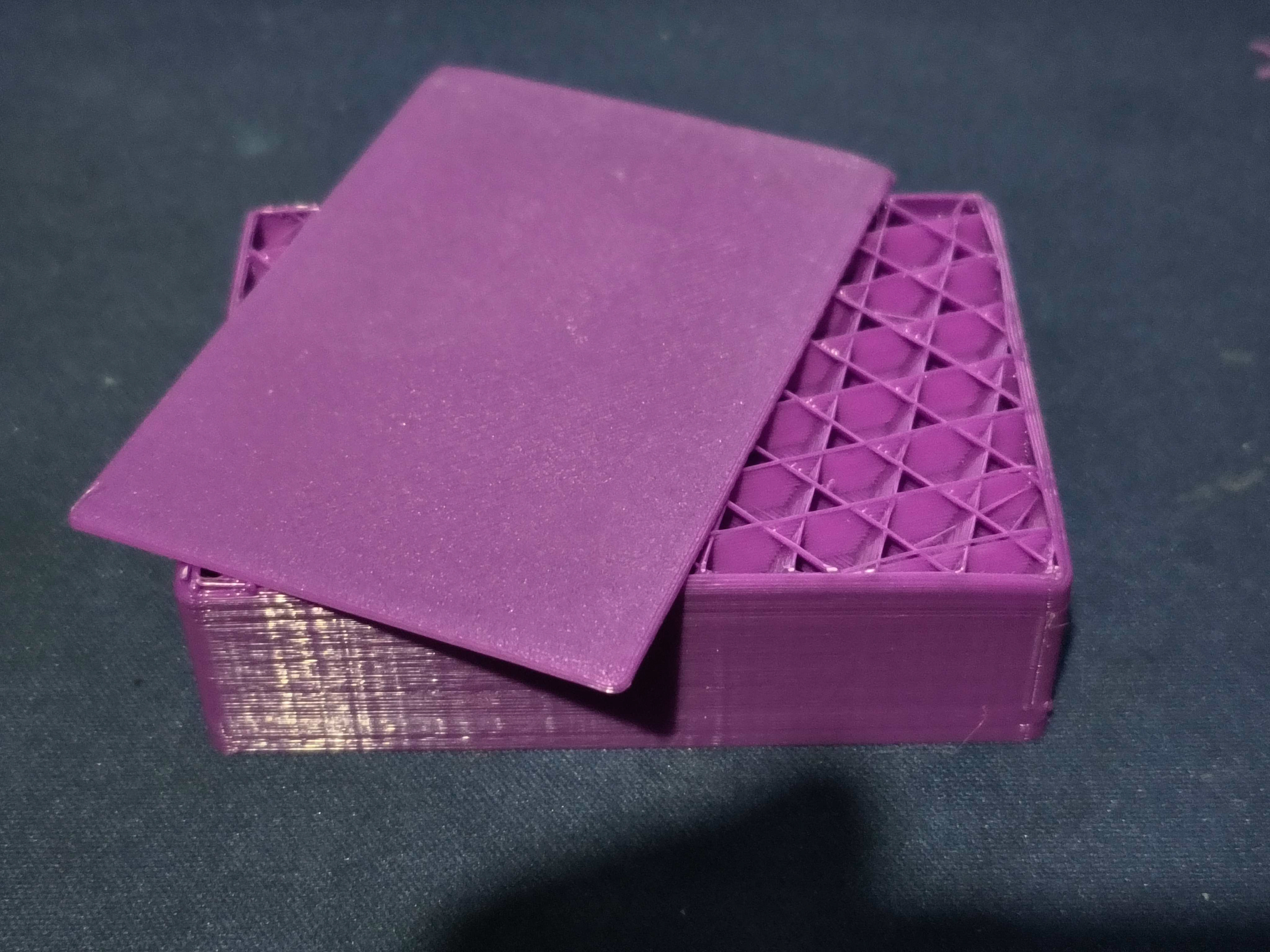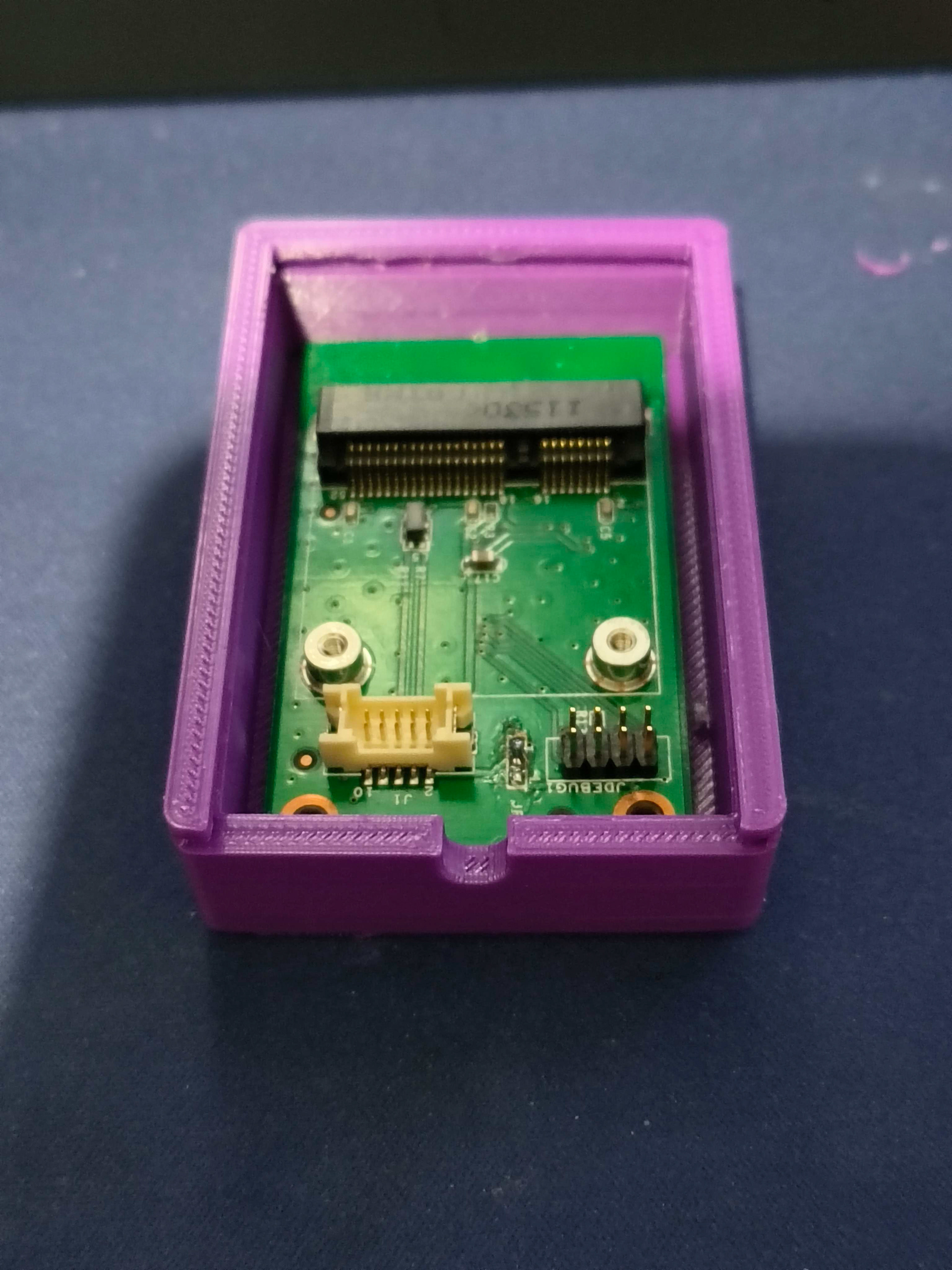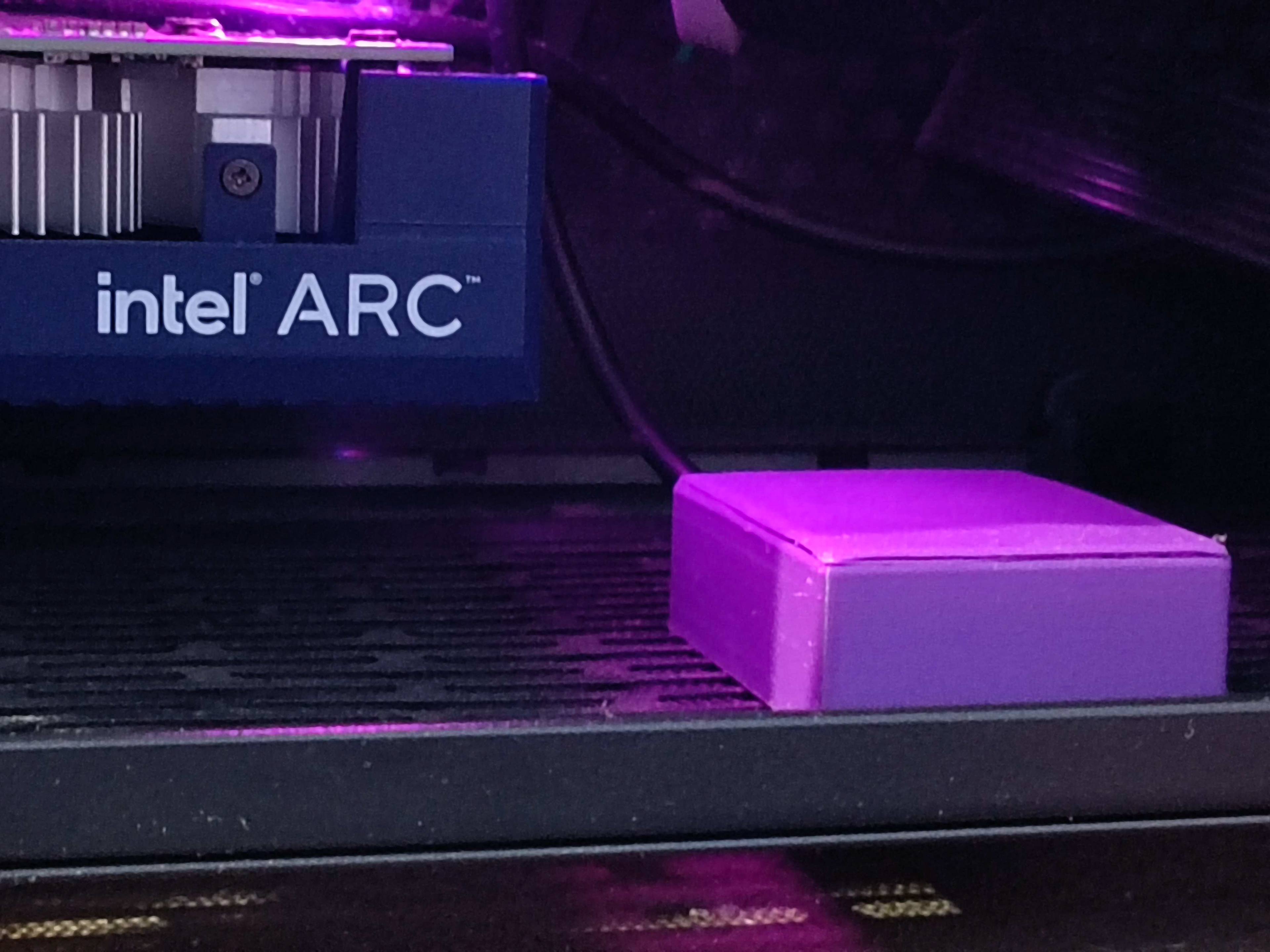Hi, welcome to my page! Okay, so to preface this post, this is a project I did a few months ago now. This means my documentation isn't quite up to the standard I want other posts to meet, however I need to post something to get things started.
A few months ago, March 3rd to be precise, I found myself in a predicament - I'd just set up my HTPC, but my wireless keyboard/trackpad combo was preoccupied. Now, I could have just been normal and bought some cheap remote off whichever eCommerce site took my fancy, however I was reminded (by myself) that I had a Boxee Box, a seemingly semi-obscure smart set-top box of sorts built by D-Link in the early 2010s. This is a somewhat interesting device in it's own right, however I'd had my fun with it, and upon seeing this post on a small blog, I knew this was what I'd been looking for.
At around 5am, I decided now was the time to do it, and quite frankly it's pretty simple - following along with the aforementioned blog post, I pulled apart the box, unscrewed the receiver module, removed it's attached WiFi card (I wonder if you could leave this on and have a combination WiFi/remote module? However that doesn't really matter, as this system 1: is connected via Ethernet and 2: has an AX201 onboard anyway), and spliced the cable.
(Far from my cleanest work, but that doesn't matter)
I quickly plugged this in to test it, and voilà! It works, but it is just absolutely horrendously ugly at this point, with the bare PCB hanging out a gap in the back of the case so it doesn't short on anything, as shown in this terrible quality phone image, but it does work!
mmm, bare PCB
Now to do something about the whole hideous thing. I whip out my CAD software of choice, the amusingly named Solid Edge, and quickly spin up a little box & lid for the thing. I don't care enough to make things like "Mounting Holes", when copious amounts of hot glue will do the job just fine.
Here's the box - simple but sufficient, so plenty good enough in my books.
At this point I call that good enough, so I export the parts as STLs, throw them into Cura (mistake but we'll get back to that later), and throw the G-code into my (at this point) horrendously abused and neglected Ender 3. A hateful contraption that features such luxuries as a spring clamp fished out of the primordial soup because I lost two of the bulldog clips that hold the bed on. In a shock to approximately nobody, the print didn't really go fantastically! It did, however, have one of the more amusing failure modes I've seen - layer separation on a seemingly completely random layer! I'm not sure if there's one exact cause of this fault, presumably at least somewhat related to my horrid lack of calibration on the printer side, but also after finally wrapping my head around PrusaSlicer and ditching Cura a while later print quality improved drastically. Anyway I didn't care enough to re-print this so I just hot glued the bitch back together and called it a day.





A few more images, just to show the process and final product, as janky as it is
So that's it; the only real caveat is that to my knowledge the receiver is actually meant to run at 3.3V, which I have done absolutely nothing to abide by and am just putting 5V into - it hasn't broken yet, but we'll see I suppose.
D-Link did also actually sell the remote standalone with a USB receiver of it's own which is neat, but I haven't seen one of those for sale, so this will do, and quite frankly at that point I'd just buy another K400.